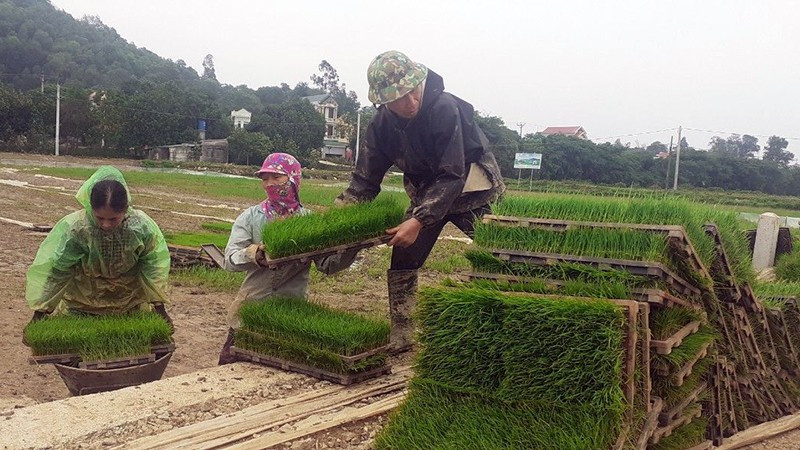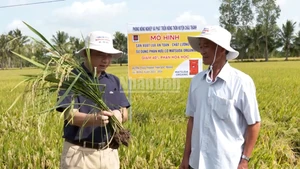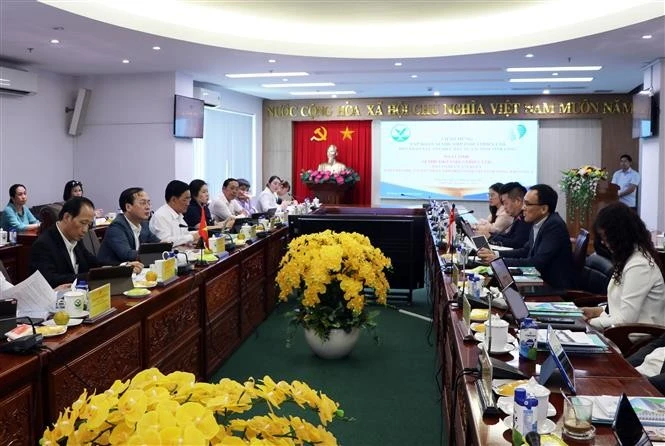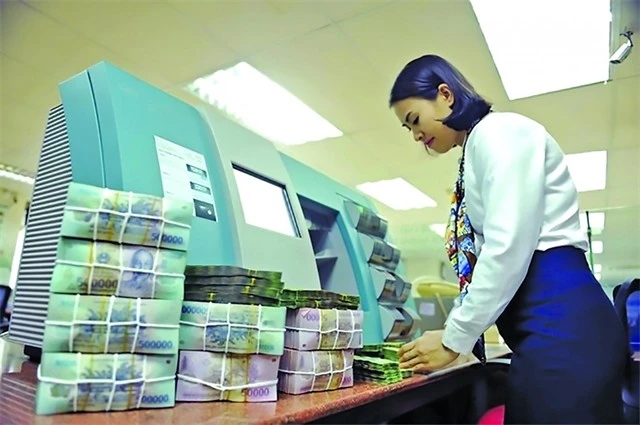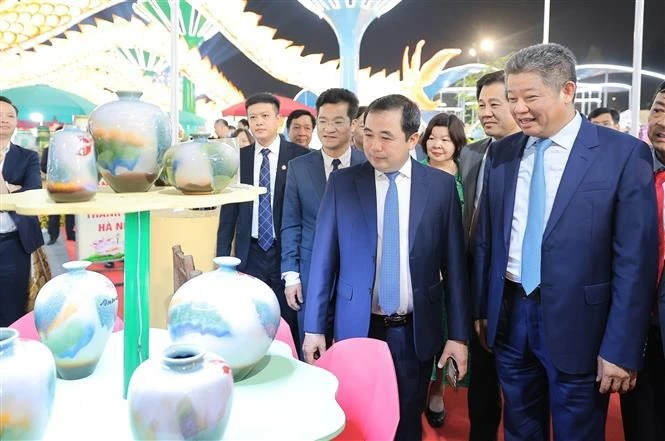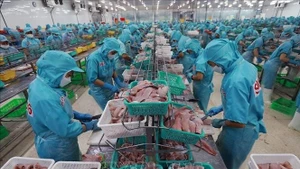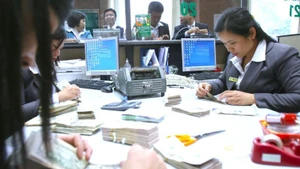According to statistics, up to now, the rate of mechanisation in the tillage of the provinces in the region has reached about 98%, the harvest is 91%, the transplanting is 30-35%, and the transportation of agricultural materials reached 95%.
The introduction of mechanisation into agricultural production has contributed to saving costs, liberating labour, ensuring seasonality, and preventing natural disasters, and is an important prerequisite for building modern agriculture.
Timely and effective support mechanism
According to the Agricultural Extension Centre of Thai Binh Province, the province has recently implemented a policy to support farmers with money to buy machinery for production in the amount of 183.7 billion VND.
Thai Binh farmers have invested in equipping thousands of machines for rice production of all kinds such as continuous harvesters, multi-purpose tillers, and transplanters.
Meanwhile in Ninh Binh Province, according to Resolution No.32/NQ-HDND, the support level is 50%, up to a maximum of 200 million VND/machine, not only earthmoving machines, water pumps and harvesters, but also many other types such as fertilizing and spraying pesticides by drones.
The People’s Committee of Nam Dinh Province has also issued a decision on the management and use of non-business funds for activities to encourage the development of several rural industries.
As a result of policy implementation, farmers have been supported to buy 154 tillers, 33 harvesters, 14 models of transplanters and direct sowing tools; deployed 70 models of salt production, 31 models of mushroom production and processing and 19 models of mechanisation of some aquaculture stages, with a total cost of more than 30 billion VND.
The implementation of timely support mechanisms and policies to bring mechanisation into the fields has contributed to improving the capacity of production organisation and service development for cooperatives.
The agricultural sector of the provinces has taken the initiative in technological processes in production to train and transfer key agricultural staff and farmers.
At the same time, localities also need to complete the integrated planning, in which it is necessary to determine the concentrated rice production area to continue to perfect, consolidate and develop the field model associated with the construction of raw material areas according to business needs.
Towards sustainable agriculture
With a total rice production area of nearly 500,000 hectares a year, rice is identified as a key crop in agricultural production of the southern provinces of the Red River Delta.
However, in the region, up to 98% of households have an area of less than 0.5 hectares per household, so the level of mechanisation in rice production in some stages is still uneven.
Determining the pioneering role in bringing synchronous mechanisation in rice production, over the years, the Agricultural Extension Centres of the provinces in the region have always focused on building models of mechanisation application in each stage of production.
Up to now, many stages of mechanisation have reached 95-100%. The effect of mechanisation has created a widespread and perfected result, as the main production method of regional agriculture during the current period.
The development of mechanisation is oriented to be associated with the process of restructuring agricultural and new rural production, in the direction of increasing added value, sustainable development associated with the value chain through cooperation models, organisational affiliation; clean, safe, organic, circular agricultural production to commodity-oriented product consumption.
Along with the state's support mechanism for the cost of buying machines for models, it is necessary for the involvement of local authorities and the role of agricultural service cooperatives in the operation and production stages.
Localities also need to re-plan fields, complete synchronous transportation and irrigation systems, and build large fields that are convenient to mechanize production.
The promotion of the application of mechanisation in agricultural production is an inevitable trend, contributing to accelerating the process of industrialisation and modernisation of agriculture and rural areas, creating a breakthrough in agricultural production.
Director of the National Centre for Agricultural Extension Le Quoc Thanh
Therefore, the agricultural sector needs solutions to help farmers grasp guidelines and policies, and promote the application of synchronous mechanization in rice production in the Red River Delta provinces.
Farmers should be advised to boldly link production to form large-scale commodity production cooperatives and form groups of mechanised services from tilling, planting, watering, and tending to the harvest.
It is also necessary to create conditions for farmers and businesses to strengthen linkages in the production and consumption of agricultural products, thereby, contributing to the successful implementation of the policy of restructuring the agricultural sector in the direction of increasing added value, stable and sustainable development, in combination with the construction of enhanced new rural areas and model new rural areas.
